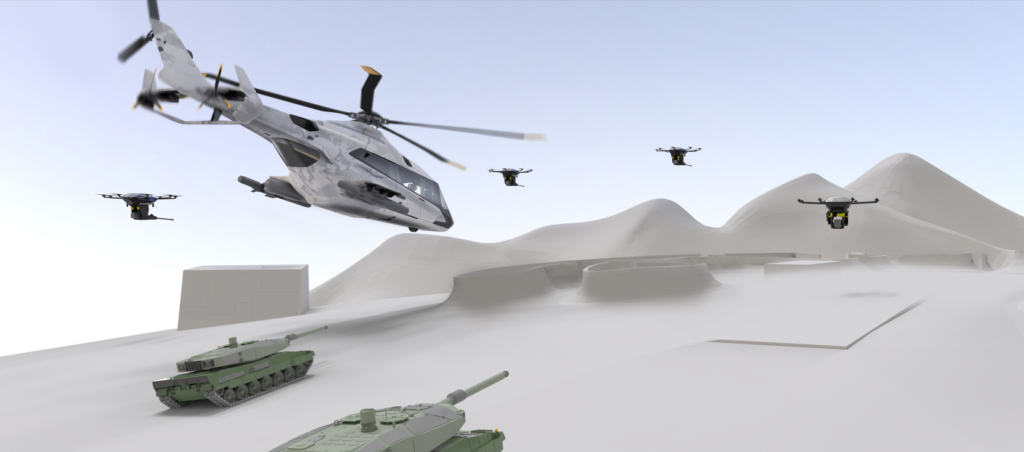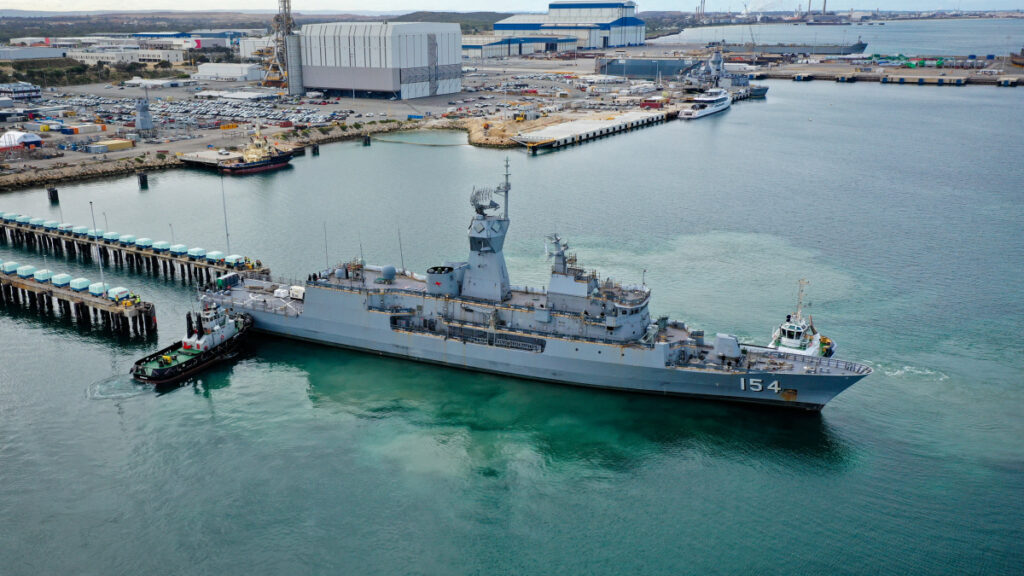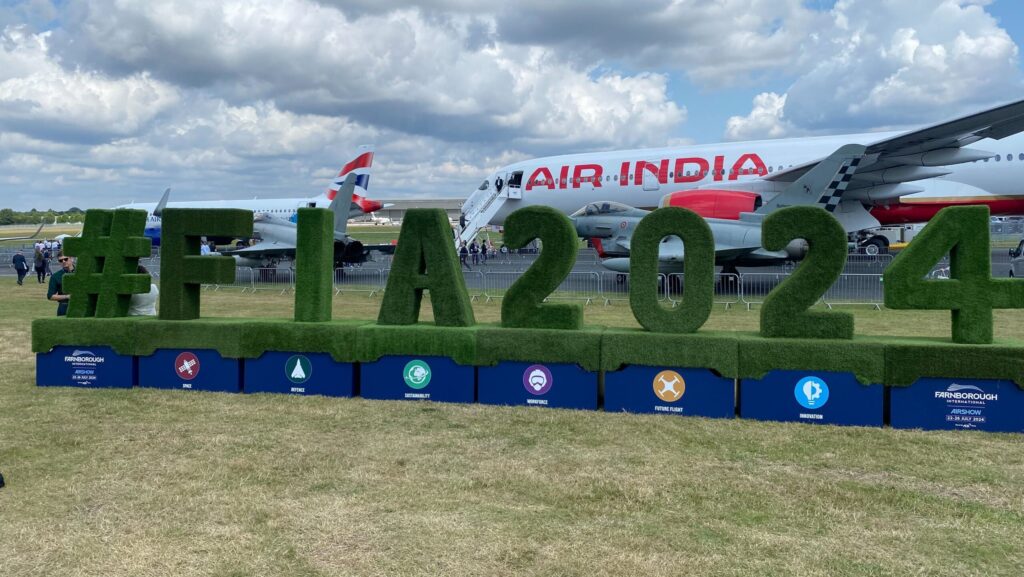The Virginia-class attack submarine Pre-Commissioning Unit Minnesota (SSN 783) pulls pierside at Naval Station Norfolk from a scheduled underway. Minnesota, the Navy’s 10th Virginia-class submarine, was delivered to the Navy June 6, 2013. (U.S. Navy photo by Mass Communication Specialist 2nd Class Alex R. Forster/Released)
WASHINGTON — The House Armed Services chairman’s mark of the fiscal 2025 National Defense Authorization Act greenlights $849.8 billion in funding for the Defense Department, sticking to congressionally-mandated budget caps but breaking with the president’s budget proposal on the F-35 and Virginia-class submarine programs.
The House Armed Services Committee draft version of the bill, released today, also includes $33.8 billion in defense spending at other federal agencies such as the Department of Energy, for about $883.7 billion total in national defense spending.
HASC is scheduled to “mark up” the bill during a marathon, all-day May 22 session where members will be able to offer amendments that could radically change the shape of the proposed legislation.
Although the dollar amounts laid out in the NDAA are just recommendations, as congressional appropriators are responsible for constructing the budget, HASC made two major funding changes on key weapons programs.
First, it adds $1 billion for the Virginia-class submarine program — allowing the Navy to begin buying a second boat in FY25 — by zeroing out procurement funds for the Constellation-class frigate program due to delays.
The bill also proposes slashing 10 F-35s from the Pentagon’s request of 68 jets while fencing off funding for 10 additional jets — a measure senior staff members said is meant to free up funds that would allow Lockheed Martin to make needed investments to get the program on more stable footing. Among the stipulations is a mandate to resolve all deficiencies identified in the 2024 F–35 Initial Operational Testing and Evaluation report submitted by the Pentagon’s independent weapons tester and to create a “digital twin” of the F-35.
The Pentagon is currently not accepting deliveries of the F-35 as Lockheed struggles with validating software associated with Technology Refresh 3, which has contributed to lawmaker frustrations with the program, said a senior majority staffer.
A senior minority staffer added that some members questioned whether the program should be terminated but ultimately decided, “The answer is no. We need this program to succeed.”
One item that could turn contentious during full-committee debate of the bill is the fate of a total 578 Air National Guard members across six states who are currently performing the space mission, which the Space Force hopes to absorb.
HASC Chairman Mike Rogers’s mark of the NDAA contains language that would permit the transfer of those Guard members to the Space Force, but is crafted to be more narrow in scope than the Department of the Air Force’s original proposal, a senior majority staff member said.
RELATED: HASC chair backs Air Force plan on space Guard units
The bill language would cap the number of affected Guard members at 580 and would force the Air Force to find new jobs for Guard members who do not want to transfer to the Space Force.
“We want to see how the governors react to this, and hopefully we acknowledge their concerns,” the majority staffer said. “Some of the things they’ve raised is, they won’t have the manpower to respond to civil disturbances or natural disasters. But these people are doing a space mission and we want them to maintain that space readiness … and that’s just something that they’re not doing right now.”
Additional highlights of the draft NDAA include:
The mark would allow the Air Force to continue divesting the A-10, but prohibit retirements of the F-15E
It approves multiyear procurement of the CH-53K helicopter used by the Marine Corps
The mark prohibits the retirement of two guided missile destroyers, the USS Lake Erie and the USS Shilo
Certain provisions would force the Army to brief the committee on how it plans to bridge the gap between the retirement of the RQ-7 Shadow and the fielding of future tactical unmanned aerial systems
Citing concerns with the cancellation of the Army’s Extended Range Cannon Artillery program, it mandates that the Army provide an assessment of how current formations would perform in the current battlefield environment for both counter unmanned aerial systems and long-range cannon fires, including whether new vehicles are being considered
One provision calls for the Air Force and Navy to deliver a report on inventory requirements for air-to-air munitions, including the cost-benefit of developing an extended range AIM–120D missile
The mark does not address findings from the Commission on Planning, Programming, Budgeting and Execution on how to reform the budget process, with the majority staffer saying that while the commission “did a good job,” it will be up to the Pentagon to decide how it will act on recommendations to its internal processes
The draft bill requires a detailed report from the Pentagon’s Chief Digital & AI Officer (CDAO) on its efforts to scale CJADC2, the hoped-for future meta-network to connect all US forces across land, sea, air, space, and cyberspace. In the provision, HASC notes that only four Combatant Commands — CENTCOM, NORTHCOM, EUCOM, and INDOPACOM — have involved themselves extensively in building CJADC2 systems, and “the committee believes there are needs across all the combatant commands.”
The Senate Armed Services Committee will mark up its own version of the defense policy bill from June 11 to 14 in a series of closed door meetings.
Sydney J. Freedberg Jr. contributed to this story.



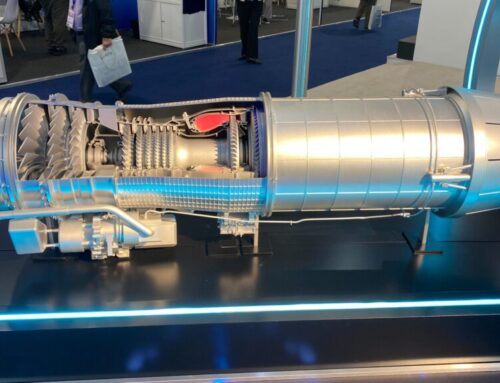
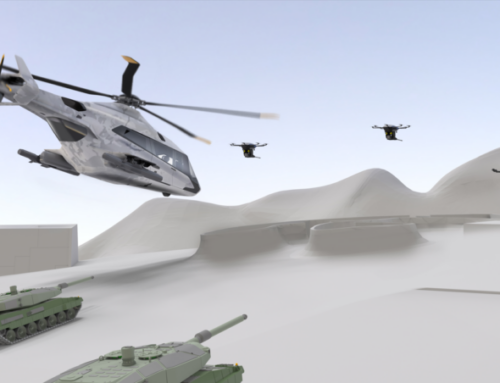
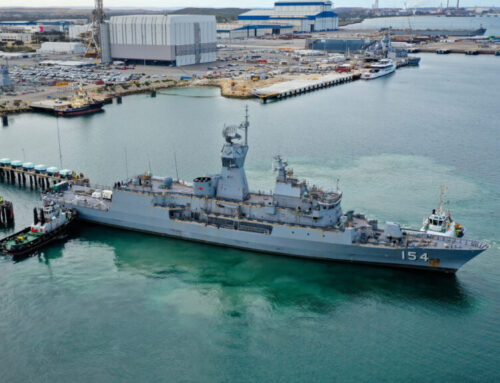
![The sights from the 2024 Farnborough Airshow [PHOTOS]](https://centurionpartnersgroup.com/wp-content/uploads/2024/07/IMG_8722-scaled-e1721930652747-1024x577-hZjwVb-500x383.jpeg)

